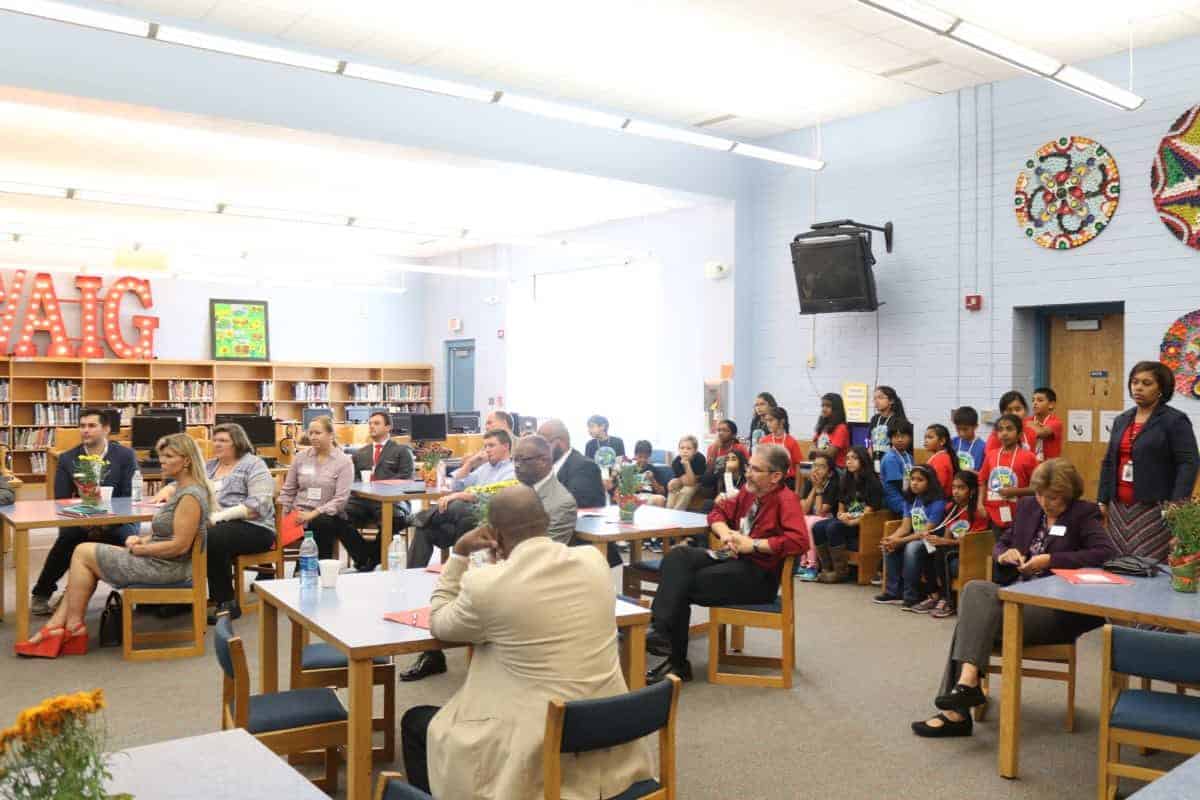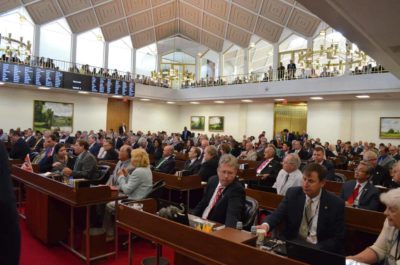

Too often, questions related to school and program design get debated and decided in terms of the preferences of adults, not the needs of children. The key questions should be: How do we create high-quality learning environments for all children?
Those potent sentences appear in a recent report by the California-based Learning Policy Institute. The report came out two weeks before the mid-term elections, near the end of a campaign in which education issues hardly mattered amid President Trump’s incendiary bluster and Democrats’ focus on health care.
Still, it deserves attention in North Carolina. For one thing, LPI and its CEO/President Linda Darling-Hammond are collaborating with WestEd, the nonpartisan education research organization commissioned to develop an action plan in the long-running Leandro case. LPI has the specific task of considering the supply of and demand for teachers and principals.
And yet, the report — “The Tapestry of American Public Education: How Can We Create a System of Schools Worth Choosing for All?’’ — does not deal with educator supply. Rather, it is an extended discussion of school choice in an effort to reframe the debate that turned inflamed and partisan in North Carolina and elsewhere.
“The central question for a public education system in a democratic society is not whether school options exist,” says the report, “but whether they are good ones and whether high-quality schools are available to all children. The fact that choice does not guarantee quality should be clear each time we flick through hundreds of cable TV channels without finding a single good viewing option. In public education, this kind of choice is not an acceptable outcome.”
“Choice should be viewed — and evaluated — as a means to higher quality, more accessible and, ideally, less segregated schools, not an end in itself,” the report says.
Darling-Hammond and her LPI colleagues point out that school choices are increasingly available through open enrollment options and magnet schools under the auspices of public education authorities. Even with such choice options, they write, three out of four parents prefer their nearby assigned school.
The LPI researchers report that private schools enroll about 9 percent of all students, and that vouchers help finance less than 1 percent of students. Their report also examines distinct models such as Montessori and charter schools. The U.S. now has 6,700 charter schools, with 2.7 million students. Charter schools enroll 5 percent of the nation’s students, up from 2 percent a decade ago. The report does not deal with home-schooling.
Shortly after it was released, the LPI report got a push-back from education historian Diane Ravitch and Carol Burris. In an exchange published in The Washington Post, Ravitch and Burris argued that LPI downplayed the importance of school governance and insufficiently acknowledged the “negative impact’’ of charter schools on neighborhood public schools.
Darling-Hammond and her colleagues responded by asserting, “Our analysis does not frame the problem as one of school choice versus no school choice, but as one concerned with what kind of school choice and to what ends.” And they called for a “focus on educational opportunities for children, not on governance structures for adults.”
Over the past decade, North Carolina’s adults have engaged in a contentious debate over the future of schooling, as the Republican legislative majority dramatically shifted education policy by enacting A-to-F grades for schools, adopting vouchers for lower-income students to attend private schools, and doubling the number of charter schools, which will soon enroll 100,000 students.
Democratic Gov. Roy Cooper and the newly elected enlarged Democratic legislative minority have an alternative set of priorities, which they will assert in the 2019-2020 General Assembly. If and when Democrats regain state governing power — in the 2020 elections or beyond — North Carolina will not simply re-wind to the Hunt-Easley-Perdue policies of the 1990s and 2000s.
The state will face the difficult tasks of reknitting a social contract and reconstructing educational policies to meet the challenges of metropolitan growth, rural distress, demographic diversity, a demanding job market, and democratic vitality. By arguing that “at the heart of the challenge is creating a system of schools worth choosing in which all children are chosen,” the LPI researchers point the way to moving the debate onto another level.


